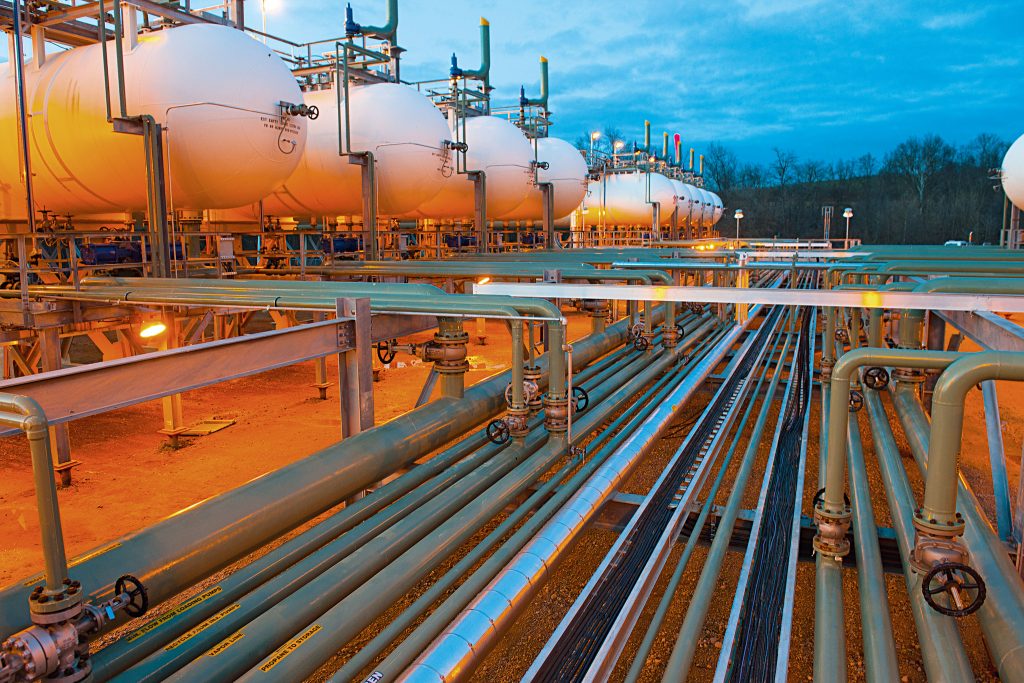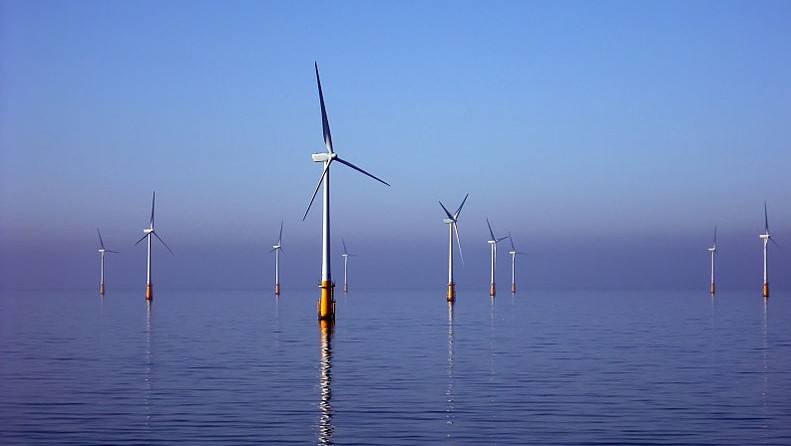US fracking exports to Europe up 181% in past year

June 6th, 2019
A new report released today shows that fracked gas exports from the US to Europe have increased by 181 per cent since July 2018.
The US is now Europe’s third largest Liquified Natural Gas (LNG) supplier and the International Energy Agency expects a further 20 per cent increase in LNG imports by 2040.
The report from environmental NGO Food and Water Europe found that in 2017, $84 billion went into fracking investments which helped the U.S. produce a record amount of natural gas.
Fracking, or hydraulic fracturing, has the potential to damage both the environment and human health according to a recent study from the Environmental Protection Agency.
In 2017, President Michael Higgins signed a Bill to ban fracking in Ireland into law after a Bill from Sligo-Leitrim TD Tony McLoughlin received support from across the political spectrum
TheFracking Endgame report states that U.S. gas exporters are promoting the export of LNG to Europe in order to reduce the domestic supply and raise prices.

Fossil fuel lock in
Wenonah Hauter, executive director of Food and Water Europe, said that the mass investment in fracking could see the “lock-in” of fossil fuel use in the future.
“EU officials are working with the Trump administration to enrich energy cronies for something Europeans don’t need, and that will commit us to climate and plastic pollution,” she said.
“On top of that, they are diverting EU public money to build these import facilities. It won’t be the people of the U.S. or Europe that benefit; it will be the fossil fuel and plastic industry” she said.
In Ireland, there are plans for the construction of a €500 million Liquified Natural Gas terminal on the River Shannon.
However, the plans could be on hold for up to two years after Friends of the Irish Environment brought a case against the developers that has now been referred to the European Court of Justice.

Plastic pollution side-effect
The increase in fracking, the report state, has also resulted in an oversupply of cheap ethane, a hydrocarbon that is present in natural gas and is used to make plastic products.
Once ethane is isolated, it is sent to a petrochemical facility called a ‘cracker’ plant where it is broken down into ethylene and then into polyethylene – the most common type of plastic.
In 2018, the petrochemical industry stated it will invest $202 billion to create 333 new facilities and expansions related to fracked gas – including 20 ethylene cracker facilities that will be used in plastic manufacturing, the report states.
This investment is expected to drive a massive 40 per cent increase in global plastic production in the next 10 years. The news comes as a worrying development, the report states, as a percentage of the plastic produced will end up in the marine environment.
When this plastic waste ends up in the sea, it not only breaks down to release potent gases such as methane and ethylene, but also endangers marine life that may consume or be choked by plastic.
By Marianne Foody






